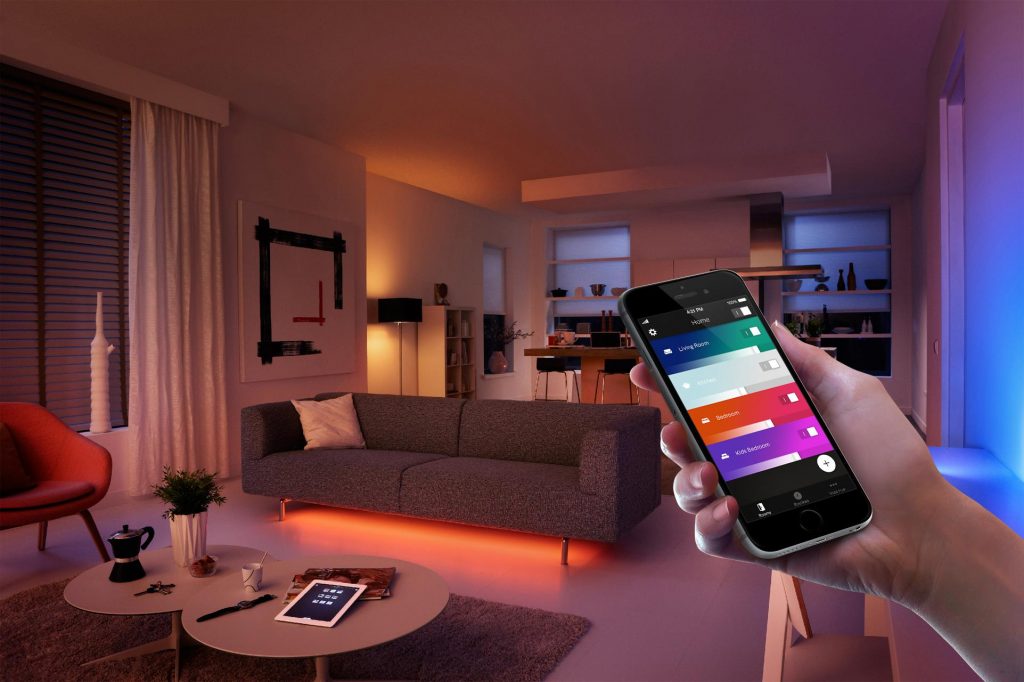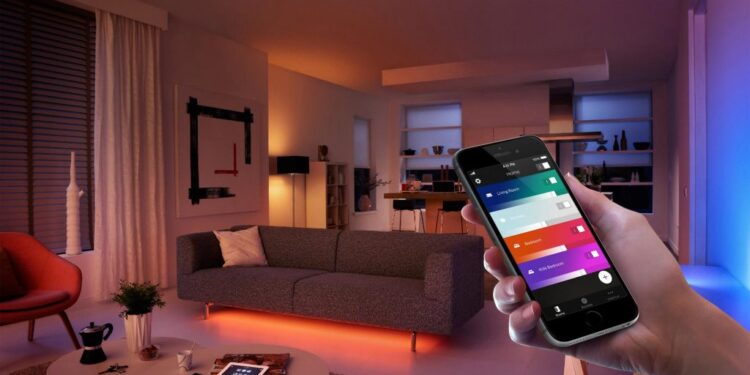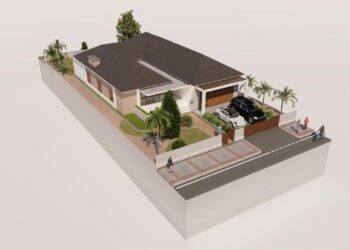Delving into how AT&T digital life integrates with smart interior design, this introduction immerses readers in a unique and compelling narrative. From enhancing the functionality of a space to the seamless integration of technology, this topic promises to deliver insights that blend innovation with design seamlessly.
 As we unravel the intricacies of merging technology with interior design, the following paragraphs will shed light on the transformative power of connected devices within our living spaces.
As we unravel the intricacies of merging technology with interior design, the following paragraphs will shed light on the transformative power of connected devices within our living spaces.
 As we unravel the intricacies of merging technology with interior design, the following paragraphs will shed light on the transformative power of connected devices within our living spaces.
As we unravel the intricacies of merging technology with interior design, the following paragraphs will shed light on the transformative power of connected devices within our living spaces.
Overview of AT&T Digital Life and Smart Interior Design Integration
AT&T Digital Life technology offers a seamless integration into smart interior design, enhancing both the functionality and aesthetics of a space. By incorporating connected devices, homeowners can create a modern and efficient home environment that caters to their needs.Examples of Connected Devices Enhancing Space
- Smart thermostats that adjust the temperature based on occupancy and time of day, optimizing energy efficiency and comfort.
- Automated lighting systems that can be controlled remotely, allowing for customization of ambiance and energy savings.
- Security cameras and sensors that provide real-time monitoring and alerts, ensuring peace of mind and safety for residents.
Benefits of Merging Technology with Interior Design
- Improved convenience: Smart devices streamline daily tasks and offer remote access for monitoring and control.
- Enhanced energy efficiency: Automation and optimization features help reduce energy consumption and utility costs.
- Elevated aesthetics: Sleek and modern design of connected devices blend seamlessly with interior decor, enhancing the overall look of the space.
Smart Devices for Interior Design
Smart devices play a crucial role in enhancing interior design by providing convenience, energy efficiency, and security within a home.Smart Lighting
Smart lighting systems, such as those offered by AT&T Digital Life, allow homeowners to control the ambiance and mood of their living spaces with ease. Through the use of smart bulbs, dimmers, and switches, individuals can adjust the brightness, color, and scheduling of lights to complement different activities or settings.Smart Thermostats
Incorporating smart thermostats into interior design can optimize energy usage and increase comfort levels. These devices enable users to remotely monitor and adjust the temperature in their homes, leading to potential cost savings on heating and cooling bills. By intelligently regulating indoor climate, smart thermostats contribute to a more sustainable and efficient living environment.Security Cameras
Security cameras are essential components for enhancing home security and monitoring interior spaces. AT&T Digital Life offers smart cameras equipped with features such as motion detection, night vision, and two-way audio communication. By integrating security cameras into interior design, homeowners can keep a watchful eye on their property and loved ones, enhancing overall safety and peace of mind.Connected Devices
Beyond lighting, thermostats, and security cameras, various other smart devices can be seamlessly integrated into interior design to create a connected and intelligent home environment. From smart locks and doorbells to smart appliances and entertainment systems, these interconnected devices offer a heightened level of convenience, efficiency, and control for homeowners seeking a modern and tech-savvy living experience.Design Considerations for Integrating Technology
When incorporating smart devices into interior design, it is crucial to consider how to seamlessly blend technology with aesthetics to maintain a cohesive and visually pleasing space. Here are some tips on how to achieve this integration:Blending Technology with Different Design Styles
- Modern Style: Opt for sleek, minimalist smart devices that complement the clean lines and contemporary feel of modern design. Choose devices with neutral colors and simple shapes to avoid clashing with the overall aesthetic.
- Minimalist Style: Focus on hidden or discreet smart devices that do not disrupt the simplicity and functionality of minimalist design. Consider built-in tech solutions or devices that can be easily concealed when not in use.
- Traditional Style: Look for smart devices that mimic or blend in with traditional elements such as ornate finishes or classic materials. Choose devices that have a timeless appeal and can seamlessly integrate into traditional decor without standing out.
Concealing Tech Elements for a Cohesive Design Aesthetic
- Integration: Incorporate smart devices into existing architectural features or furniture to create a seamless look. Consider built-in solutions or custom installations that hide tech elements from plain sight.
- Camouflage: Use decorative elements such as artwork, textiles, or furniture pieces to disguise smart devices when not in use. Blend tech elements with the overall decor scheme to maintain a cohesive design aesthetic.
- Multi-functional Design: Opt for smart devices that serve a dual purpose or can be integrated into everyday objects. Choose tech solutions that enhance both functionality and style to ensure a harmonious design integration.












